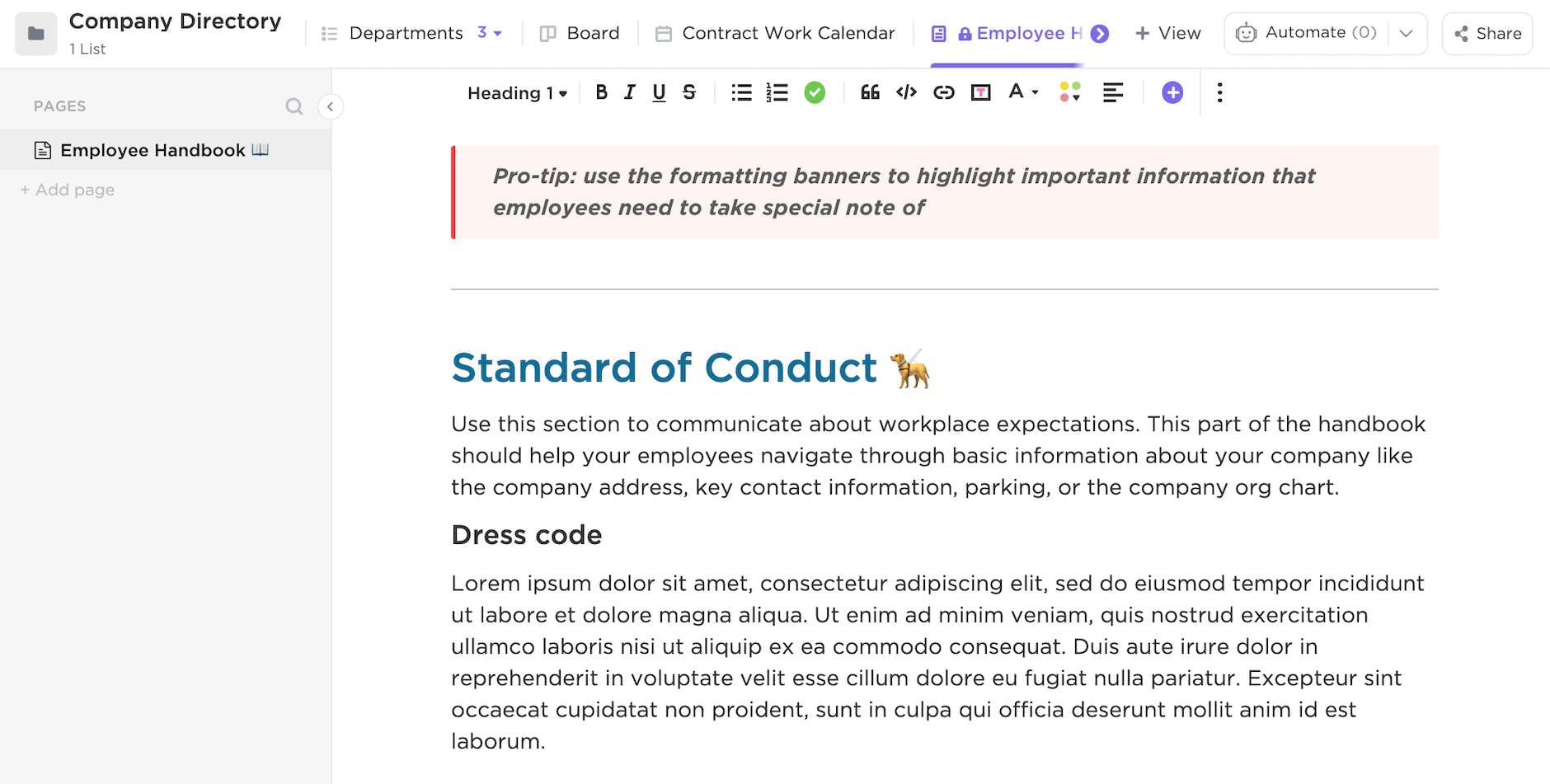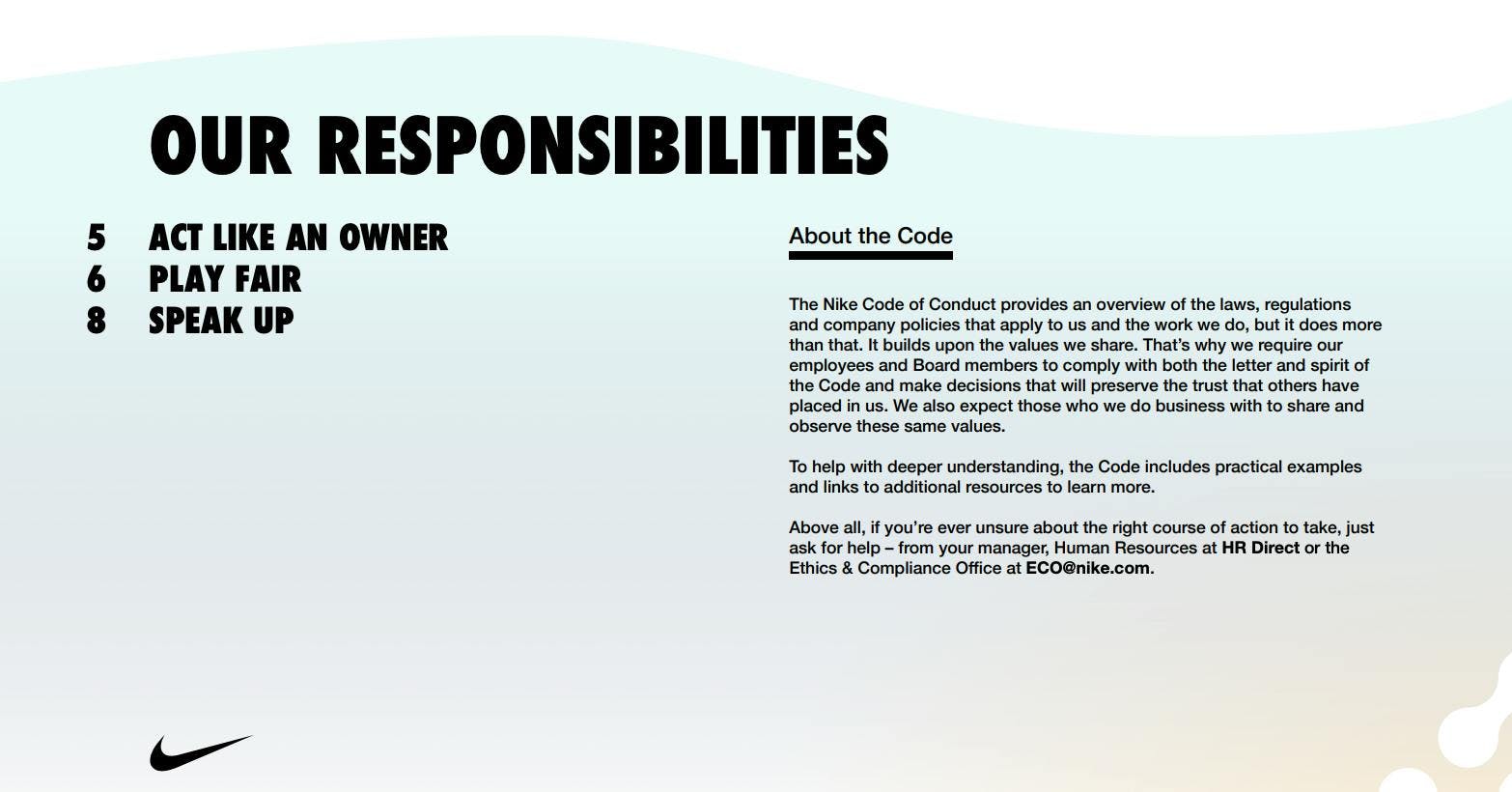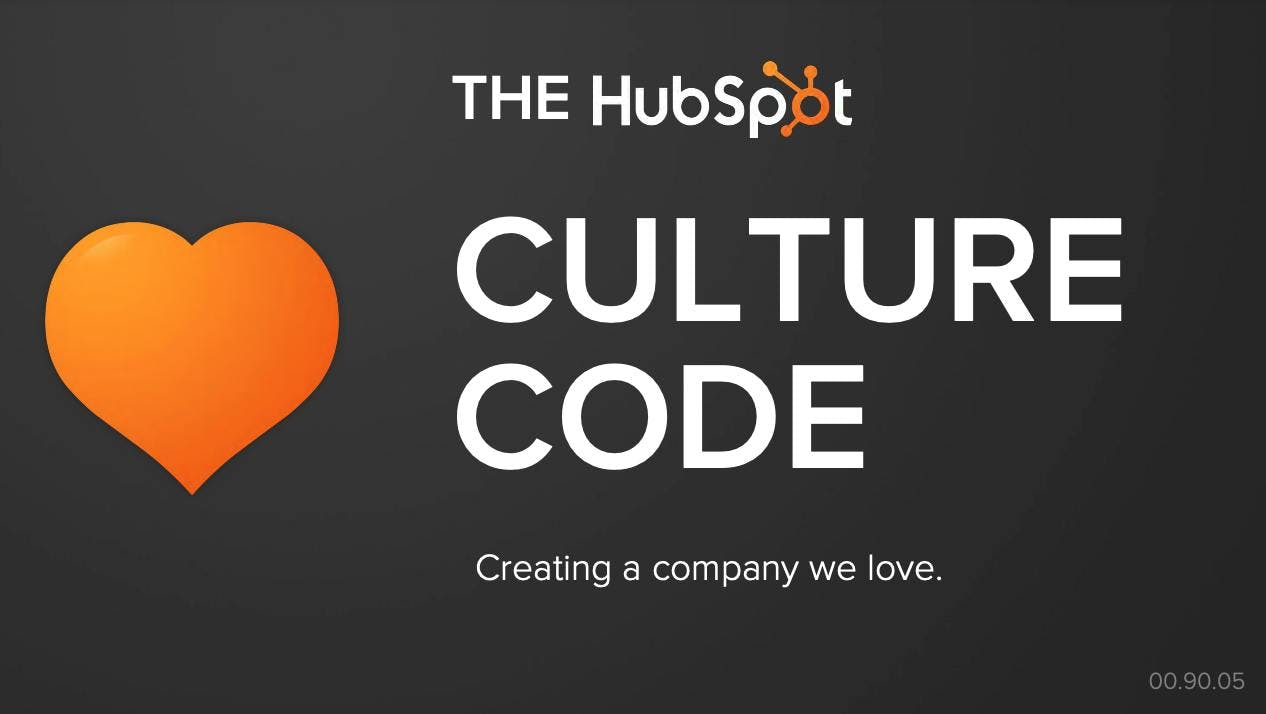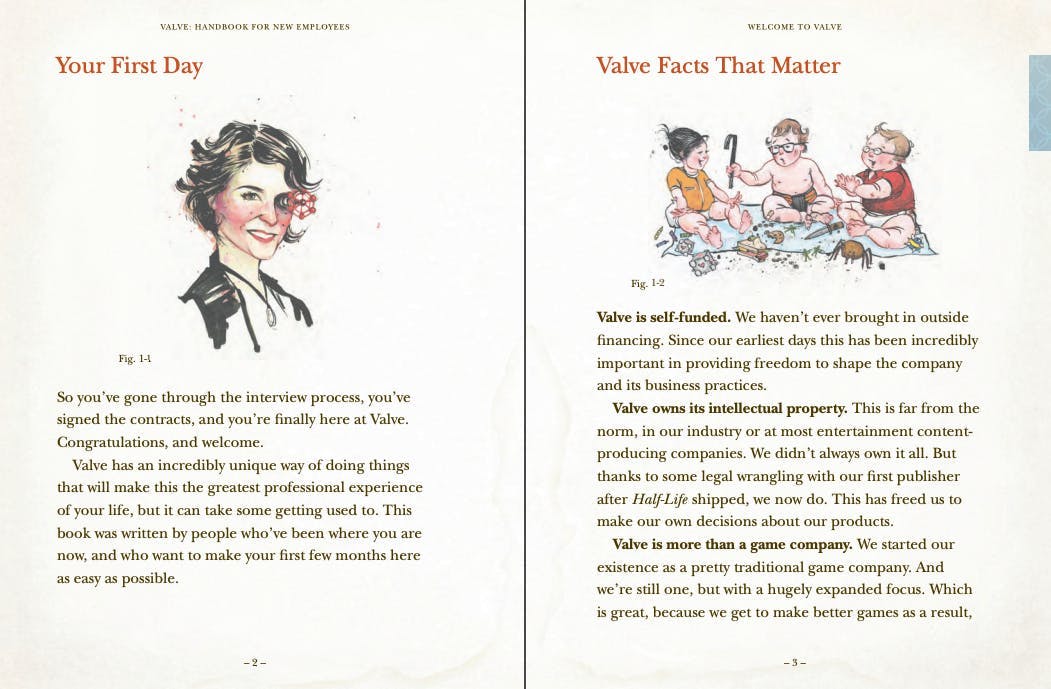How to Create The Ultimate Employee Handbook (with 6 Examples and Templates)

Do you remember feeling lost on the first day of a new job? We’ve all been in that awkward spot.
Imagine if, as a new employee, someone would have given you a single source where you could find all the relevant information related to your company’s goals, policies, benefits, hierarchy, structure, and so on.
Wouldn't that make you feel more comfortable?
This is what an employee handbook does. It helps you understand the organization better and acts as a great tool for risk management by removing any confusion related to roles, responsibilities, and organizational goals.
Thankfully, software like ClickUp can be used as an employee handbook builder and knowledge management tool so your employees won’t ever have to miss out on vital information. Coupled with some good employee handbook examples for inspiration, you’ll be able to draft your own in no time.
How? Let’s find out.
What Is an Employee Handbook?
An employee handbook is a thorough manual that explains your company's culture, core values, workplace policies, rules, vacation policy, sick leave, dress code, health insurance, and other important statements logically and cogently. It serves as a living document and a handy guide to inform employees, especially new hires, about your company values as well as expectations. That's not all, though. Here are a few explanations for why every company needs to create an employee handbook:
- Formalizing company policies
- Setting up personal and organizational objectives to improve workflows
- Smooth onboarding and exit procedures
- Preventing legal disputes by clearly stating a plan of action during conflicts
- Outlining company culture and promoting a healthy work atmosphere
Employee handbooks also boost productivity at work by clearly defining employee roles, responsibilities, and accountability.
Your company, including your HR professionals, can use an app like ClickUp to create a great employee handbook and promote a positive workplace culture.
Use an Employee Handbook Template to Save Time
Use ClickUp employee handbook templates if you are short on time.
If you’re running short on time, take advantage of the ClickUp employee handbook templates to help you get started quicker.
The best part about these employee handbook templates is that they are extremely easy to customize and come with preloaded sections that are commonly overlooked, like dress codes, team policies, work hours, etc.

ClickUp’s employee handbook template also allows you to add relevant sections, along with engaging formats and references, so you can pick and choose per your company’s requirements. These templates are created after thorough industry research, making them twice as appealing.

Now that we know the significance of a great employee handbook, and have a template to start with, let's explore the subjects it should cover.
8 Elements to Cover in an Employee Handbook
We’ve mentioned that an employee handbook is a critical document that should list everything you want to tell your employees. However, it can be challenging to draft one if you don't know where to begin.
Using the provided template, here are a few ideas that could help you out.
1. Start with a welcome note
The employee handbook should be one of the first documents new employees receive. Use CRM software that assists with onboarding, and help them ease into their new roles by extending a cordial welcome in a note from the company’s leadership.
Here’s how this helps:
- Makes a new employee feel more comfortable
- Gives leadership and new employees a chance to connect
- Instills a sense of association with the new company
- Sets a positive pace for the rest of the handbook
2. Talk about the company’s story
Every good company has a mission statement or manifesto. These mottos do more than just guide the advertising strategy—they ensure that the whole team is on the same page and aligned with the company’s values. Here are a couple of examples:
- Patagonia’s company mission statement says, “we’re in business to save our home planet.”
- Beats by Dre wants to “provide a superior end-to-end music experience.”
Once you've determined the mission statement, the next step is to describe how your business was founded and provide anecdotes about the difficulties you encountered while bringing your idea to life.
This is also a great place to give a clear picture of the company culture. Highlight the ways the company celebrates milestones and mention collaboration styles. It’s also a time to share the different pathways employees can take to reach their professional goals.
Including your company’s mission statement, story, and core values will help both new and existing employees feel more connected to the company. It could also help them better understand the organization and create employee loyalty and more respect for the founders and leadership.
3. Lay down terms and conditions
Including your company’s terms and conditions in your employee handbook is a way to clearly define your company policies, such as code of conduct, and realistic expectations, along with other dos and don’ts.
This section involves:
- Employee behavior and code of conduct
- Nature of employment
- Rules and regulations related to internet use
- General safety and security
- Disclaimers
Your terms and conditions are a great place to highlight the information you need your employees to know and understand. They also increase work productivity because employees have inspiration readily available in case of doubt.
4. Clarify communication policies
Communication policies are rules regarding sharing information through both internal and external company circuits. They can be related to technical communication, information distributed to stakeholders, or even employee interactions.
A few more details to feature here include:
- Social media or digital interactions on personal accounts
- Clarity on the lines between social and sensitive information
- Policies concerning receiving and sending feedback
- Information related to communicating with leadership
Having good communication policies in place also improves employee productivity because it outlines clear expectations. One way to push this further is to invest in a virtual phone number, so employees are not location-bound.
Virtual phone numbers allow employees to take calls at their own pace, and most come with an auto-response feature, so callers don’t waste time explaining their issues. Instead, they can select the most relevant option and get straight to the resolution.
Businesses often adopt an email software that they offer to all employees as their primary inbox. Whether the whole team has been using an app like Outlook or Thunderbird for ages or has adopted a new alternative, it’s important to recognize that new team members may struggle to adjust to an email system. It’s essential to consider the tool's compatibility and lay out any policies related to using email in your communication section.
The employee handbook is a great place to provide a bit of training and a point of contact to reach out to with questions to avoid a breach that can harm the company. Always cover phishing scams as well as other potential threats to the organization. Employees should be informed about the tools you use to prevent breaches, like password managers, web app firewalls, or VPNs as well.
5. Discuss compensation
This section is one of the most sought-after in the entire employee handbook, outlining the biggest reason for an employee to choose your company over another. This is where you can explain invoicing, salary structure, or employee benefits. Here are a few employee benefits that can be covered include:
- Health, dental, and vision insurance
- Student loan assistance or tuition coverage
- Flexible hours
- Work-from-home privileges
- Gym memberships or wellness packages
- Sabbatical options
- Team bonding events and retreats
It’s important to be as descriptive as possible, and since it is content-heavy, use infographics to break down the information.
6. Boost morale through rewards and recognition
Recognition is one of the clear ways to improve the employee experience. It’s also what provides some motivation to continue to strive for excellence. This section should talk about:
- Reward programs
- Bonuses
- Overtime policies
- Referral programs
Simply put, this section in your company’s employee handbook can be an incredible way to showcase how you reward your employees and help them feel more valued.
7. Cover time off and leave policies and procedures
Breaks are important for employees to feel more rejuvenated. It could be for an hour, a day, or even a whole month, but employees should know that they have the option to use this policy to their benefit.
Here’s what you need to cover here:
- Number of vacation days applicable per year
- Leave reimbursement
- Break times during office hours
- Paid and unpaid vacation policies
- Outstation work policies
- Medical leave policies
Be sure your company policies are in line with both state and federal laws, as disregarding Department of Labor occupational health and safety rules could land your organization in serious trouble.
8. Spell out termination and exit policies
This is a sensitive section, so it is advised to let someone with experience pitch in to remove any confusion. This is an opportunity for the company to spell out the rules and expectations of an employee but also give an idea of the HR processes associated with them.
Here’s what the section covers:
- Performance reviews
- Disciplinary strategies
- Termination notice
- Notice period
- Compensation after termination
- Exit procedures and interviews
Talk about the time involved, and cover sensitive sections appropriately while keeping employee emotions in mind. It is important to make them feel respected when they leave your company.
Apart from these sections, you can add different legal terms, confidentiality and non-disclosure policies, and important statements about your vision, value, and mission.
But no matter how many sections you cover, your content is the king. Let’s look at some employee handbook examples to get you inspired.
6 Solid Employee Handbook Examples
Besides being a great communication tool, employee handbooks are helpful to get your new hires up to speed during the onboarding process as well as to promote consistency in your company culture.
Here are some of the best employee handbook examples to look into to help you create your own masterpiece:
1. Netflix
Netflix's code-of-culture deck is one of the clearest and most engaging employee handbooks on the chart.
The information is simple to read and extremely relatable and talks about the amazing culture the company has adopted. It’s also written in a conversational format that makes it highly relevant to their current way of working.

Source: Netflix
2. Nike
The Nike code of conduct is an extremely exhaustive employee manual that covers everything from a good welcome note to the company’s procedures and employee expectations.
Despite being heavy on content, their employee handbook remains one of the best-designed employee handbooks, particularly because of its ease of navigation. The minimal design has striking yellow accents on a relaxing white and sky-blue background.

Source: Nike
3. HubSpot
HubSpot’s employee handbook employs some of the quirkiest uses of language. It is conversational, direct, simple, concise, and easy to understand.
They use slides to convey heavy information in only a line or two, making it one of the best handbooks for busy and productive employees.

Source: HubSpot
4. VDOT
The Virginia Department of Transportation (VDOT) might be the most unconventional mention on the list, but it’s worth exploring.
Their employee handbook is one of the most inclusive guides, with language free of jargon and repeated information. It is well laid out and contains information that benefits both employees and employers.

Source: Virginia Department of Transportation
5. Valve
Valve’s employee handbook employs a great design approach. The information is displayed on a simple white background, and the text is minimal yet descriptive. It also uses quirky images to break the flow and make the reading process easy and engaging.

Source: Valve
6. Pronto Marketing
Pronto Marketing’s employee handbook relies on information clearly laid out in navigable sections.
Even though it is heavy on content and the design is basic, what stands out is the clever use of fonts and language, which makes this one of the best employee handbook examples and one that’s worthy of duplicating.

Source: Pronto Marketing
These ideas might ignite some inspiration in you, but in the end, it all boils down to how you want your employees to perceive the information you share.
Tips to Draft an Impeccable Employee Handbook
The key to drafting a good employee handbook is understanding what information you want to present and customizing it accordingly. Remember not to make it too boring or heavy with jargon.
Here are a few more tips to take into consideration:
- Keep the information as concise as possible. You shouldn’t skimp on important details, but long and draggy sentences can be hard on the eyes.
- Your tone is an important part of the handbook. Keep it informal and light, but beware of grammatical errors.
- It should be easy to edit and distribute. A good method is to store it on the cloud so it’s easily accessible.
- Identify the right format to distribute your information. Plug your content with videos and pictures.
- Make the content as personal as possible to establish rapport with your employees.
Pro tip: Make your employee handbook collaborative and let everyone pitch their ideas to make the process of reading more fun. It is also a good way to boost employee engagement and increase retention.
Who Benefits from Using an Employee Handbook?
Employees: An employee handbook serves as a valuable resource for employees to understand their rights, benefits, and expectations within the company. It also provides a clear outline of procedures and policies that may help resolve any issues or conflicts. Here are few templates to get you started:
- Communication Specialist Employee Handbook
- Web Designers Employee Handbook
- Software Developers Employee Handbook
- Talent Acquisition Manager Employee Handbook
Companies: An employee handbook helps organizations maintain consistency and compliance in their policies across all employees. It also serves as a reference document for legal purposes, outlining company expectations and protecting the business from potential legal issues. Check out these templates for different types of companies:
- Manufacturing Company Employee Handbook
- Landscape Company Employee Handbook
- IT Company Employee Handbook
- Car Dealership Employee Handbook
Final Thoughts
Think of your employee manual as a set of rules for a board game. You know you have to roll the dice and make a move, but without the rules, how could anyone make progress or win?
Select the data you want to present, use straightforward language that is engaging and descriptive without sounding dull, and experiment with the appropriate format to see what works and what doesn't.
And if you need some inspiration and guidance, use the employee handbook examples and templates mentioned above to get you started immediately.
Lastly, keep the essentials in mind, and ensure that your employee handbook is accessible at all times—you'll be amazed at how well your communication goes.
About the Author:
Carla is the Learning and Development Specialist at Mailbird and a digital marketing instructor at BCIT. She focuses on how we can have a healthy relationship with technology and learn to help one another thrive in the workplace. When she's not working, she's studying educational technology and design at the University of Saskatchewan. Believe it or not, she actually enjoys attending webinars.


